The vast world of One Piece is renowned for its rich storytelling and character development, often interwoven with themes of freedom, justice, and the struggle against tyranny.
Among the multitude of characters that populate this universe, few are as mystery and compelling as Imu.
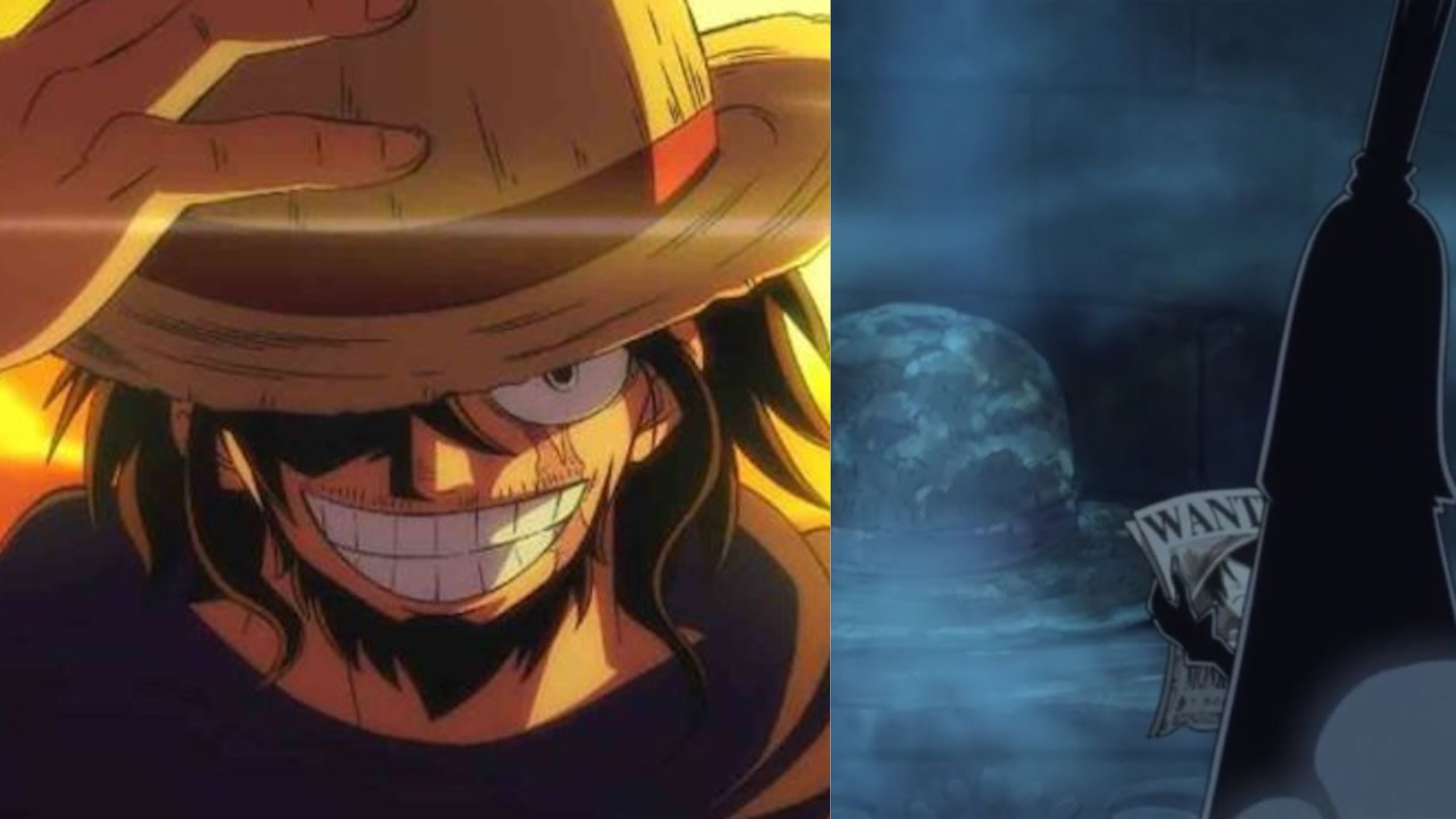
Since his introduction, Imu has sparked countless theories and speculations among fans, particularly concerning his identity, powers, and narrative significance.
One of the most intriguing theories posits a connection between Imu and Japanese mythology, specifically focusing on salamanders and fire-based abilities.
This theory gained traction after a recent anime episode depicted a salamander-like entity targeting Sabo, compelling fans to draw connections between Imu and mythological beings.
The Salamander Connection
The intriguing theory linking Imu to Japanese folklore was proposed by a fan on X (formerly known as Twitter) under the username @Rex_Kroko.
This theory suggests that Imu’s powers may be inspired by the Hanzaki, a mythical yokai known for being monstrous versions of salamanders.
ONE PIECE THEORY
IMU SAMA ~ Yokai HANZAKI
Origin:They are called hanzaki for their regenerative powers; it was believed that a salamander’s body could be cut (saku) in half (han) and it would still survive.#ONEPIECE #ONEPIECEカードゲーム #ONEPIECE1119 #ONEPIECE1127 #ONEPIECEONLY pic.twitter.com/o0WQOWT2VE— 𝐒𝐚𝐢𝐧𝐭 𝐃. 𝐊𝐫𝐨𝐤𝐨 (@Rex_Kroko) September 16, 2024
Within Japanese mythology, Hanzaki are depicted as exceptionally large creatures that tend to avoid human habitats.
They possess the remarkable ability to regenerate even after being cut in half, which resonates with the powers exhibited by Imu and the Elders of the Gorosei, who also demonstrate remarkable resilience and regenerative capabilities.
Furthermore, Hanzaki are also associated with fire, a symbolic element that could create a fascinating contrast with Luffy’s abilities tied to his “Sun God” Devil Fruit.
While Luffy’s powers symbolize light and hope, Imu’s potential fire-based powers could represent a darker, more chaotic force.
This duality opens up a plethora of possibilities for narrative conflict and character development as the story progresses, suggesting a classic struggle between opposing forces.
The Mythological Framework
One Piece has long been recognized for its ability to draw upon mythological and cultural influences.
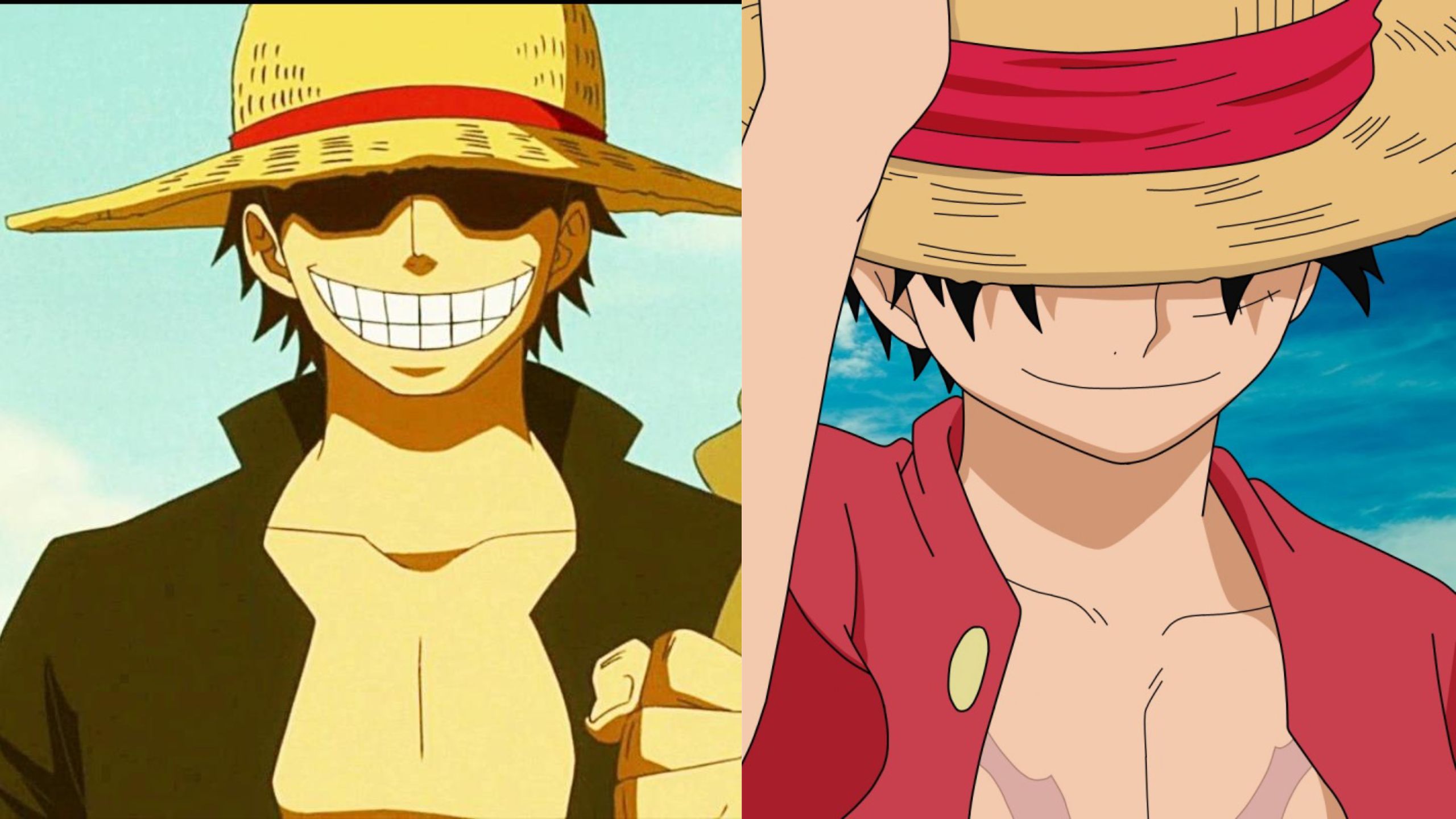
Eiichiro Oda, the creator of the series, skillfully blends elements from various cultures and traditions into the narrative.
This infusion of mythology not only enriches the world-building but also provides fans with a framework for analyzing the characters and their abilities.
In this context, the idea of Imu drawing powers from the Hanzaki aligns seamlessly with the series’ tradition of incorporating myth and reality.
One particularly intriguing aspect of this theory is the suggestion that Imu embodies both light and darkness, good and evil.
This complexity allows Imu to serve as a representation of the chaotic nature of power itself.
On one side, Imu could symbolize a powerful, oppressive force that seeks to maintain control; on the other hand, he could also embody the potential for transformation and renewal.
Such a nuanced character opens up numerous narrative avenues for exploration as the series progresses.
Mystery of Imu
As a character, Imu remains one of the most mysterious figures within the One Piece universe. While the series has offered glance into Imu’s character, many aspects remain shrouded in mystery.
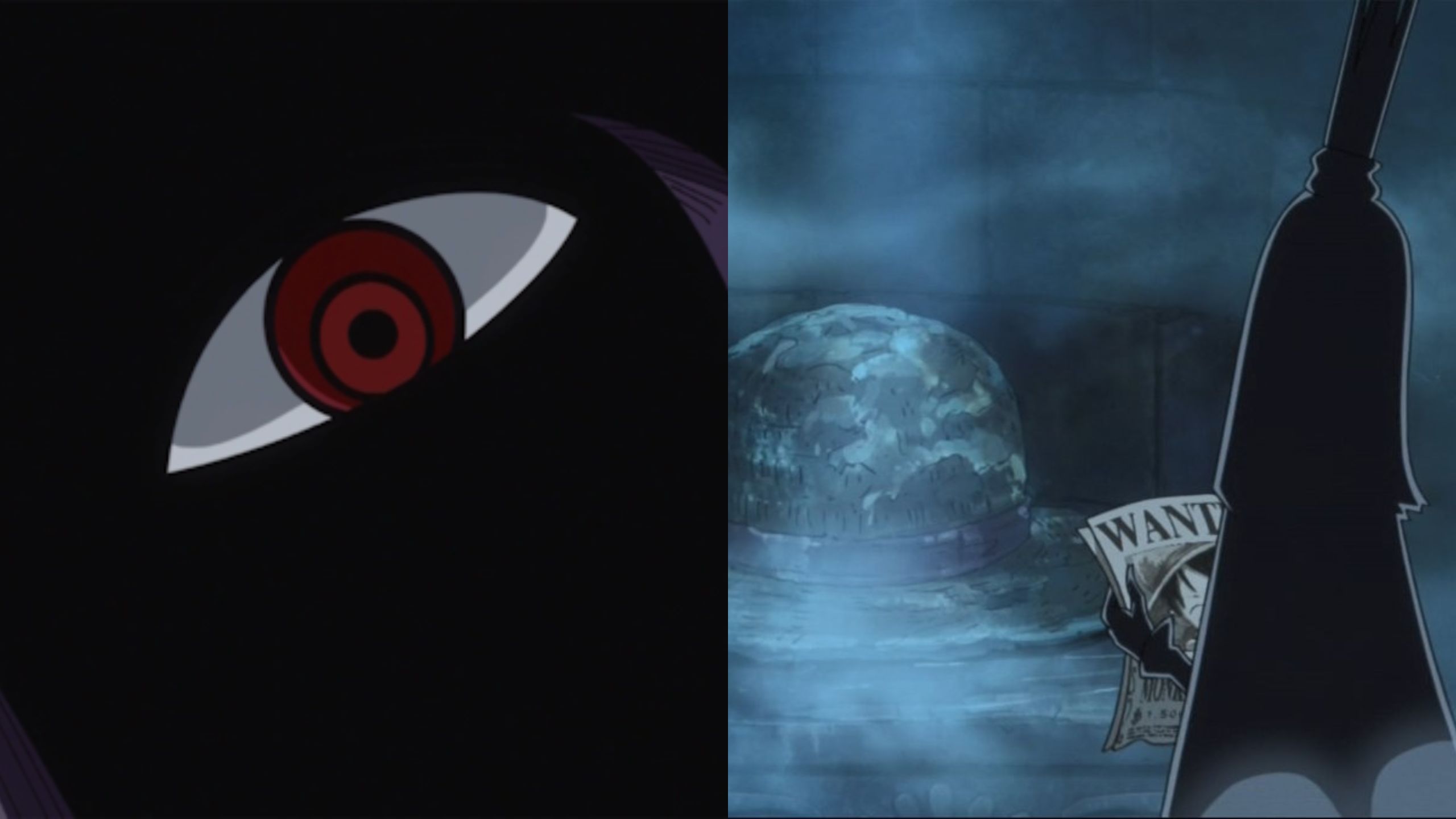
As the leader of the World Government, Imu is intricately connected to pivotal events in the lore, including the God Valley incident, the Void Century, and the formation of the World Government itself.
These historical milestones not only define Imu’s character but also serve as a backdrop for examining themes of oppression, power, and the consequences of history.
One of the most compelling questions surrounding Imu is the very nature of his existence.
Numerous theories suggest that Imu may not even be human, a proposition that would explain why he has lived for centuries and managed to maintain such significant control over the world.
This line of speculation raises an intriguing question: what kind of being could lead an organization as powerful as the World Government?
If Imu is indeed a non-human entity, it could offer a plausible explanation for the character’s profound power and influence.
This idea aligns with the lore of many mythical creatures, which often embody traits that surpass human limitations.
Furthermore, the possibility that Imu might be tied to other significant figures in the lore, such as Joy Boy and Nefertari Lili, adds further complexity to his character and narrative significance.
Imu and Historical Connections
Going through the lore of One Piece reveals that Imu has connections to historical figures like Joy Boy and Nefertari Lili.

Joy Boy, a legendary character associated with the Void Century, embodies themes of freedom, rebellion, and hope.
His legacy casts a long shadow over the series, and his connection to Imu is particularly significant given the overarching narrative of One Piece.
Conversely, Nefertari Lili represents different aspects of power—monarchy, control, and the political machinations of the world.
The juxtaposition of these two figures alongside Imu suggests a multifaceted narrative that explores various interpretations of power and leadership.
Could Imu serve as a guardian of secrets related to Joy Boy’s legacy? Or does he represent a perversion of that legacy, using his power to manipulate and control rather than liberate?
The Power Dynamics at Play
The dynamics of power within One Piece are complex and continually evolve as the narrative unfolds.
Imu’s position as the leader of the World Government places him in direct opposition to characters like Luffy, who represents ideals of freedom and justice.
This power dynamic is crucial to the overarching narrative, especially as Luffy continues to grow stronger and challenge the established order.
Throughout his journey, Luffy has transformed from a carefree pirate into a formidable force capable of challenging even the most powerful adversaries.
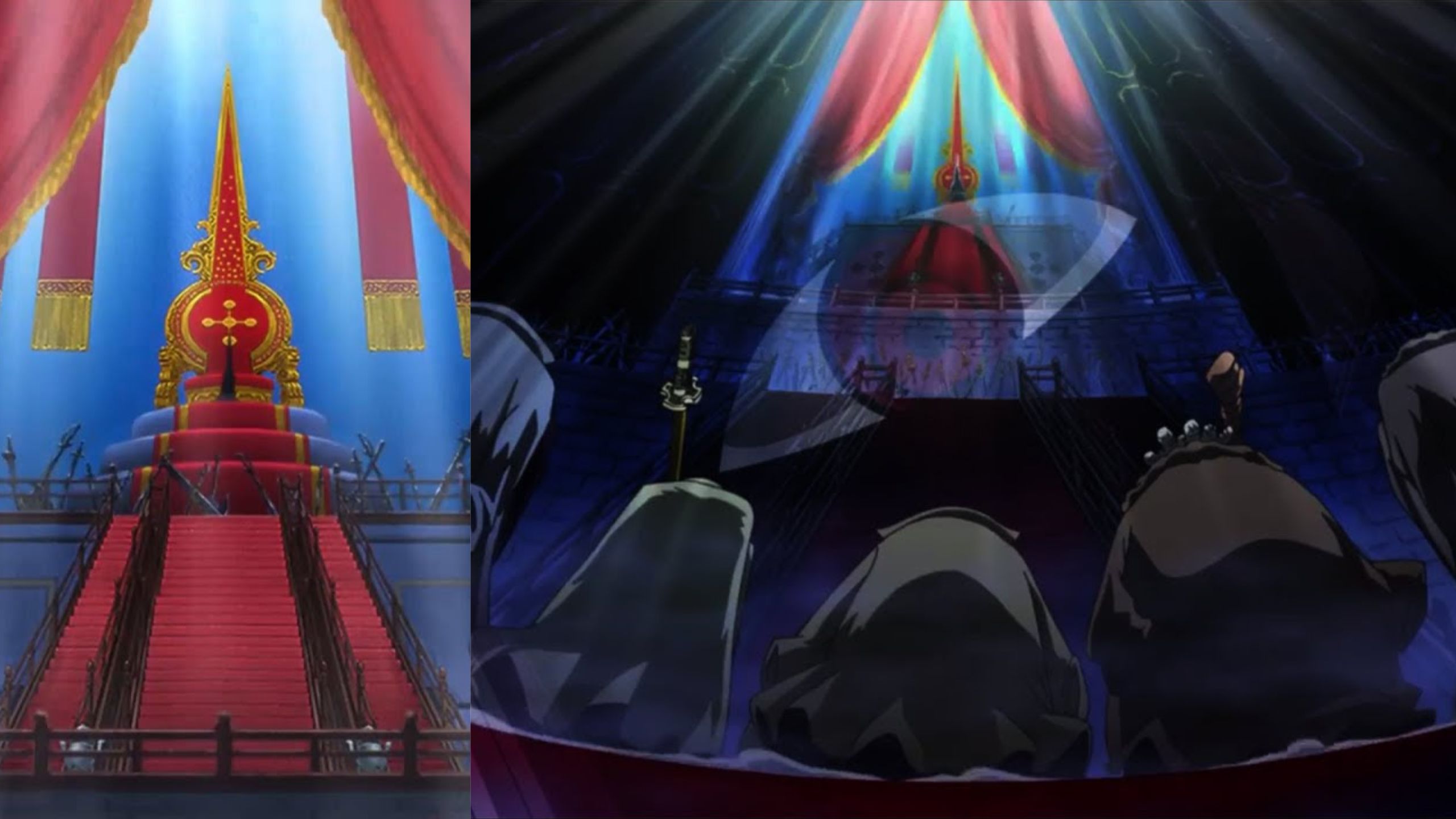
His Devil Fruit abilities, intertwined with themes of hope and liberation, give him a unique perspective and strength in confrontations.
As Luffy’s character develops, the anticipation surrounding a possible showdown between him and Imu continues to grow.
This impending confrontation could symbolize the ultimate battle between oppression and liberation. It would pit Luffy’s values against the authoritarian principles embodied by Imu and the World Government.
As the narrative unfolds, fans are eager to see how these themes will play out in the inevitable clash between these two powerful characters.
The Clash of Ideals
The potential confrontation between Imu and Luffy is not merely about physical power; it also represents a clash of ideals.
Luffy’s quest for freedom, his commitment to his friends, and his defiance against tyranny starkly contrast with Imu’s possible agenda of control and manipulation.
This ideological battle has the potential to lead to significant character development for Luffy, forcing him to confront not only the external challenges posed by Imu but also the moral implications of his actions.
As the series progresses, it is likely that the narrative will jumpdeeper into the philosophical underpinnings of the characters’ motivations.
What does it mean to be free? How does one steer across the responsibilities that come with power?
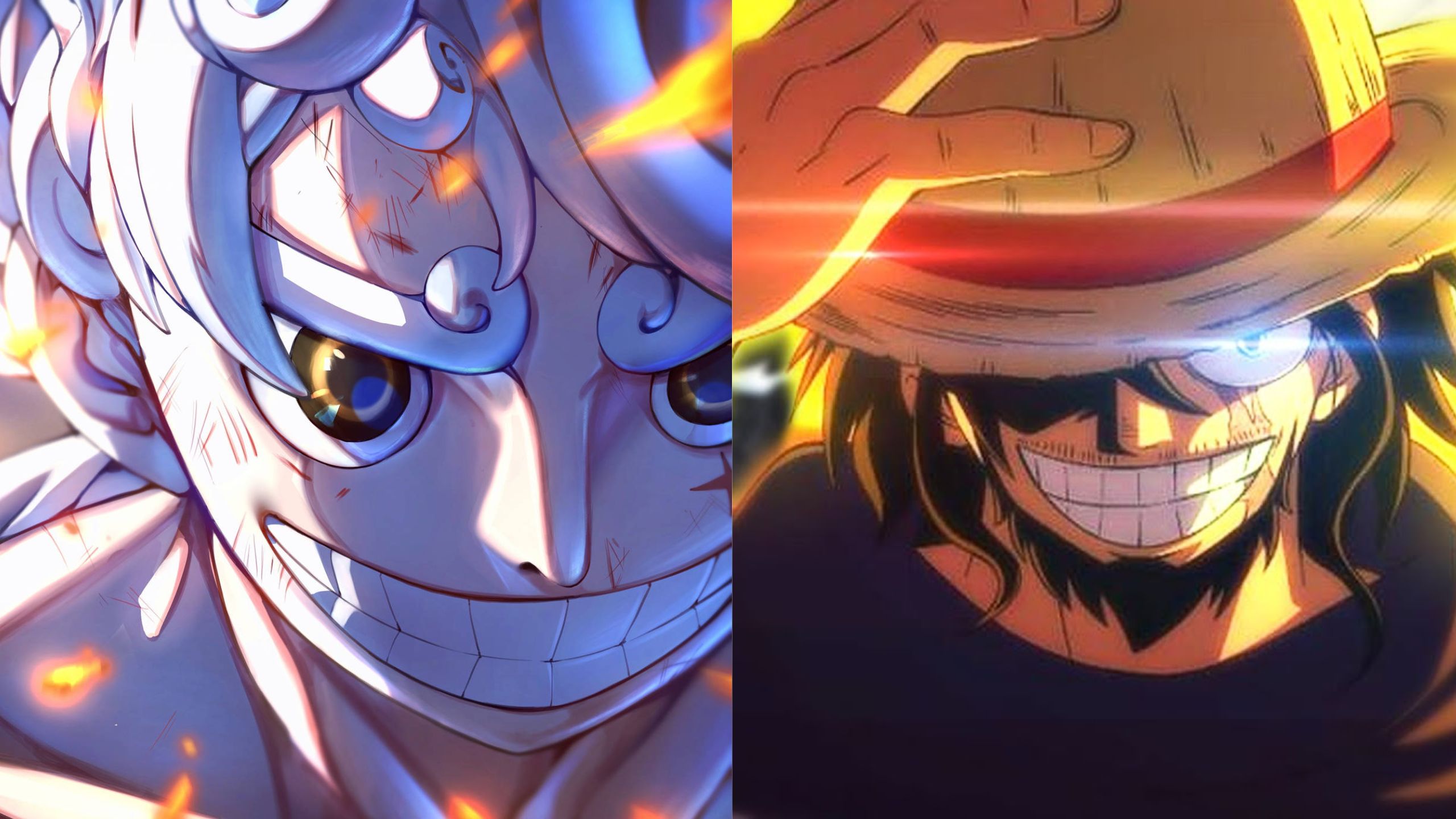
These questions are central to the core themes of One Piece and will undoubtedly shape the nature of the conflict between Luffy and Imu.
The Role of Mythology in Character Development
The connection between Imu and the Hanzaki highlights the significance of mythology in character development within One Piece.
Oda’s ability to draw from various cultural myths enriches the narrative and adds layers of complexity to the characters and their powers.
Imu’s potential ties to the Hanzaki could symbolize a broader commentary on the nature of power and the duality of existence.
In many cultures, fire is depicted as a force of both destruction and creation. It has the potential to bring warmth and light but can also consume and devastate.
This duality mirrors the potential within Imu’s character. On one hand, he could represent a powerful, chaotic force that seeks to impose control; on the other hand, he could symbolize the potential for transformation and renewal.
Speculations About Imu’s Future
As One Piece approaches its climax, speculation about Imu’s future role and powers intensifies.
Fans eagerly await the connection to the Hanzaki and how the implications of fire-based powers will influence the impending clash with Luffy.
Each new revelation serves to heighten the anticipation, leading to a crescendo of excitement as the narrative unfolds.

One significant aspect of Imu’s potential evolution lies in the exploration of his backstory.
Understanding Imu’s origins, motivations, and the circumstances that led him to become the leader of the World Government could provide valuable insights into his character.
This backstory could also help contextualize the upcoming confrontation with Luffy, shedding light on what drives Imu and how his philosophy clashes with Luffy’s ideals.
Moreover, the exploration of Imu’s motivations could also pave the way for unexpected twists in the narrative.
Oda has a knack for subverting expectations, and the deeper fans go into Imu’s character, the more questions arise.
Is Imu simply an embodiment of evil, or is there a deeper rationale behind his actions? This ambiguity invites fans to engage in deeper discussions about morality, justice, and the complexities of human nature.
The Final Showdown
The impending clash between Luffy and Imu is poised to be one of the most climactic moments in One Piece.
The stakes are monumental, with the fate of the world hanging in the balance.
As Luffy prepares for this confrontation, fans are left to speculate about the strategies he will employ against Imu’s fire-based powers and how he will steer across the complexities of their ideological differences.
Luffy’s unwavering belief in friendship and justice may be tested in ways that challenge his character and force him to confront the realities of the world he seeks to change.
Moreover, the possibility of Luffy unlocking new powers or abilities in response to the challenges posed by Imu adds another layer of excitement to the narrative.
Fans can only imagine the spectacular displays of power that could emerge during their confrontation, as well as the emotional weight carried by Luffy as he confronts a figure embodying tyranny and oppression.
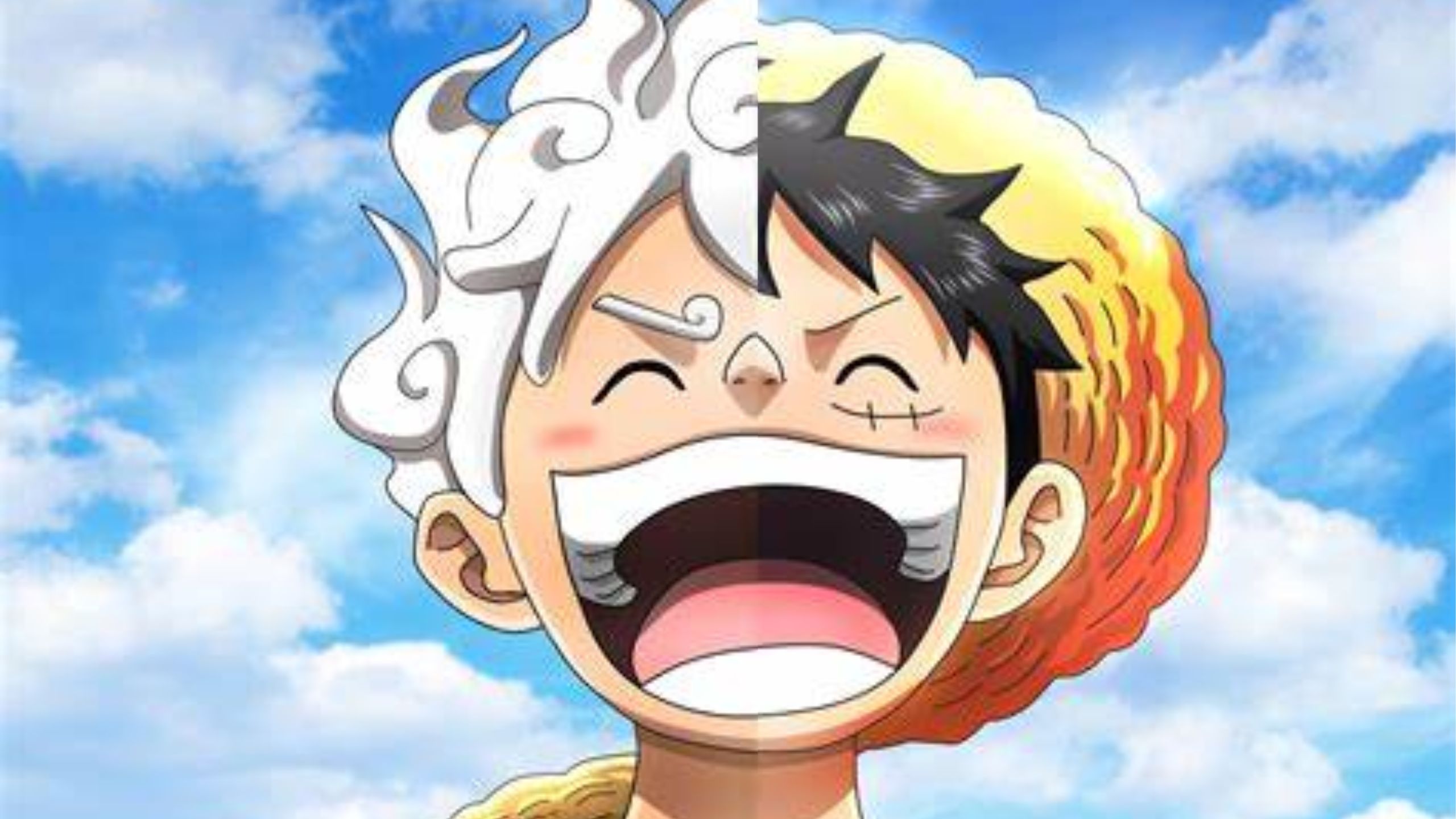
In the end, Imu’s character and powers in One Piece are intricately linked to mythological themes, particularly the Hanzaki and the potential for fire-based abilities.
This connection opens up numerous avenues for exploration as the narrative progresses, setting the stage for an ultimate confrontation with Luffy.
The clash between these two formidable characters promises to summerezie the central themes of One Piece the struggle for freedom, the consequences of power, and the quest for truth.
As fans continue to speculate and theorize about Imu’s true nature and powers, the anticipation grows for the moment when Luffy will finally confront this mysterious figure.
The legacies of both characters will resonate throughout the series, shaping its ending in ways that will leave a lasting impact on the world of One Piece.
With each passing chapter, the saga unfolds, weaving together mythology, history, and ideology in a narrative that attracts the audiences worldwide.
As the stage is set for the ultimate clash, fans eagerly await the resolution of the mysteries surrounding Imu and the final confrontation with Luffy, marking a significant moment in the epic tale of One Piece.





